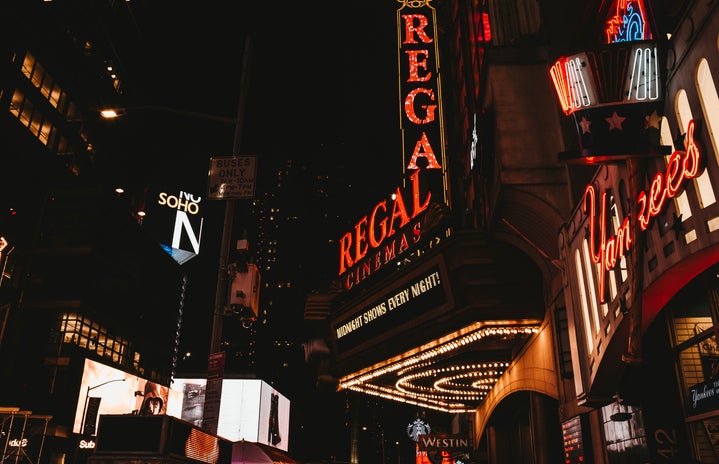There are a multitude of reasons that I don’t believe that I would survive in a horror movie. To be honest, I don’t think that most people are fit to do so. I am terribly sorry if that confronts a long-standing belief that you hold, but I really, really think being murdered is significantly more difficult than we are taught to believe in slashers. The characters within them even tend to survive purely out of luck; it has nothing to do with survival skills/instincts.
So, how is it that time after time, Laurie Strode bests Michael Myers? How can the dream lurking Freddy Krueger fall to the hands of Nancy Thompson? Whether or not these girls are realistically capable of physically or psychologically out-doing a killer is completely out of the question. What matters is that they are good. They’re our champion Final Girls. They don’t indulge in ruffian activities. Not one sip of beer touches their pure lips, nor do the lips of another character. The Final Girl doesn’t survive because they’re more suited to than their counterparts; they do because even movies about murder and gore are based deeply in societal morality.
As the horror genre emerged onto the film scene, the concept of pure, virginal female characters began to pop up as well. Sally Hardesty of The Texas Chainsaw Massacre is regarded as one of the first embodiments of this Final Girl trope. Every one of her companions meets their ends in completely disgusting and horrific ways, but not her. She doesn’t have any hidden skills that the others lacked, she doesn’t actually have any upper hand against Leatherface, but she lives. She and her fellow original Final Girls are capable of these incredible defeats because the horror movie gods deemed them good enough to live on for the sequels.
This October I took it upon myself to try and watch a Halloween movie every day, and during this marathon, I became increasingly familiar with the Final Girl trope. I noticed; however, that they seemed to be disappearing. Or more so, growing into something better suited for a 21st-century audience. A modern Final Girl is able to be more than just a bookish babysitter. They’re no longer just simple, wholesome teen girls, but instead multidimensional, complicated women. The shift seems to begin with Sidney Prescott of the Scream franchise. Known for poking fun at the tropes rampant in the horror genre, Scream redefines what a Final Girl can be by allowing Sidney bodily autonomy, personality, and the ability to break the rules. We see this change reflected in characters like Maxine Minx (X), Tree Gelbman (Happy Death Day franchise), and Dani (Midsommar), who are all final survivors that negate the morality clause of the Final Girl trope. Although I love and support my goodie-two-shoes surviving girls, its refreshing to see horror cinema adapt it’s perception of what a woman can be along with society.
So, after years of one-upping vicious killers, armed with nothing other than their virtue, the classic Final Girls have finally perished. Not by the hands of the masked men who had been hell-bent on their demise, but by audiences despereate for women on screen who can do more than look pretty when they scream.


